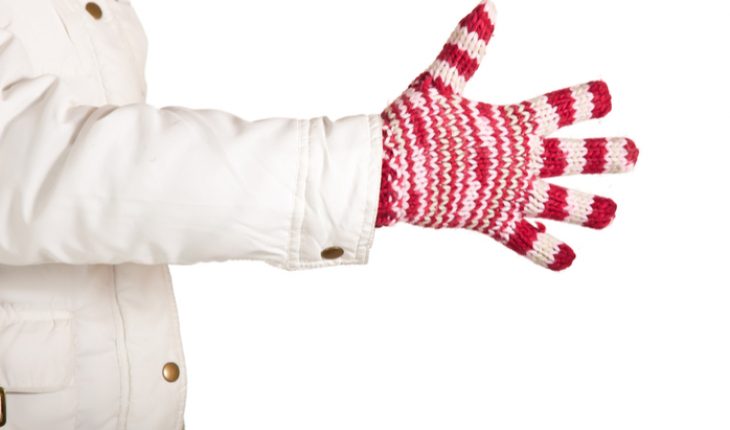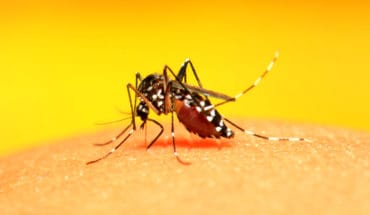Around 10 million people in the UK suffer from Raynaud’s disease, which affects blood circulation, causes some areas of the body, such as fingers and toes, to feel numb or cold in response to changes in temperature or stress. It doesn’t usually cause serious problems, but some people may feel a great deal of pain and even develop ulcerated lesions because of Raynaud’s.
Scleroderma is much less common, there are probably only around 12,000 people in the UK who are diagnosed with this condition, but it too affects blood vessels and connective tissue, as the body overproduces collagen.
Scleroderma is much less common, there are probably only around 12,000 people in the UK who are diagnosed with this condition, but it too affects blood vessels and connective tissue, as the body overproduces collagen.
This can cause tightening of the skin as well as impacting on other organs including, the heart, lungs, or gastrointestinal tract. Many people with scleroderma are also affected by Raynaud’s and it is often the first sign that they have the condition. Our charity, Scleroderma and Raynaud’s UK, supports people with both conditions and also funds research to try and ensure earlier diagnosis, improved treatment options and patient outcomes.
Despite the fact that Raynaud’s is so common across all ages, (although the primary form of Raynaud’s is more prevalent in young women and children) there is a widespread lack of knowledge surrounding its symptoms. When we commissioned a survey in 2015 of 2000 people, we found that only four per cent had heard of Raynaud’s and just one per cent knew what scleroderma was. For scleroderma, that is a figure you might expect, but it is really staggering that so few people know about Raynaud’s.
Why this general ignorance? We suspect it is because Raynaud’s is not life threatening, although it can be disabling and affect quality of life. We need greater awareness and understanding, not least to highlight the fact that smoking can exacerbate the symptoms and you can get Raynaud’s in many parts of the body alongside the hands and feet, including the ears, nose, lip, tongue and nipples.
There are some simple ways to reduce the severity of a Raynaud’s attack. Wear lots of thin layers and loose clothing to keep as warm as possible, paying particular attention to the torso, hands and feet. Layering two pairs of thin gloves in cold weather, using hand warmers and thermal shoe insoles can all help.
There are some simple ways to reduce the severity of a Raynaud’s attack. Wear lots of thin layers and loose clothing to keep as warm as possible, paying particular attention to the torso, hands and feet. Layering two pairs of thin gloves in cold weather, using hand warmers and thermal shoe insoles can all help.
Regular exercise can help improve circulation throughout the body. For people with severe Raynaud’s, a doctor can prescribe medication like Nifedipine, although this can cause side effects such as headache.
We would also like GP’s to be less dismissive of Raynaud’s, as when it presents with other symptoms such as swollen puffy fingers and acid reflux, this may indicate a more serious underlying connective tissue disease, such as scleroderma. The sooner it is detected, the quicker patients can be given the appropriate therapy to prevent scarring and further damage occurring because of excess collagen.
Raynaud’s Awareness Month is February 2018. To find out more, see https://www.sruk.co.uk/get-involved/raynauds-awareness-month/
- Time to talk about Raynaud’s disease - 1st February 2018






